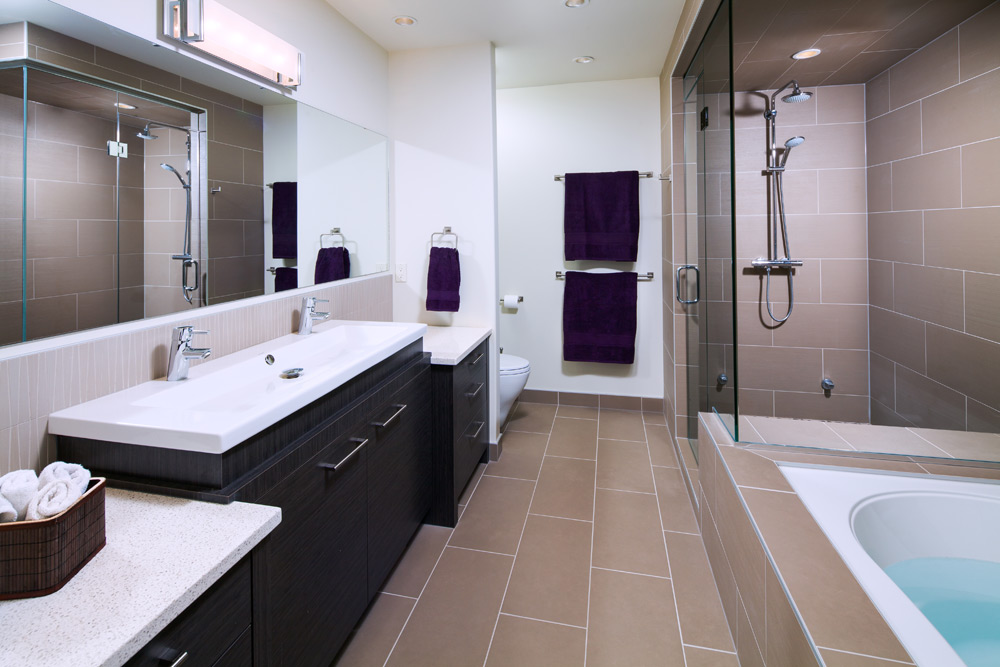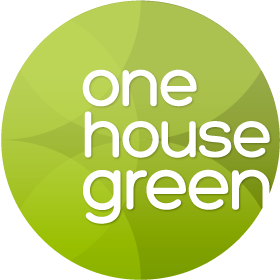Building science is essentially the study and evaluation of building materials as well as construction details and techniques.
This sort of evaluation is important because those of us interested is creating a healthier, more energy efficient house need to know how these materials and technique perform but also how they interact with each other.
The industry at large is very concerned with making our buildings more energy efficient, and while I would agree, I would say that ensuring that they are healthy is of a much greater importance. If we could figure out how to do both, then we would really have something.
While health is always my first concern, I would say that by and large our current housing model is quite safe. We would not continue to build in the manner that we are if it wasn’t. So what’s the issue? Well, it is that this model of construction isn’t terribly energy efficient; also this model is based on a non-renewable energy source for heating and cooling. Something that in the big picture is by definition not sustainable.
So how does it become more sustainable?
Well the issues with trying to create a sustainable building model begins with reducing our consumption of fuel. This typically means trying to control heat flow or heat loss. If we can controls the heat losses and gains of a building we will have a more energy efficient building, right? Right! We throw some more insulation into our buildings and there you have it, less heat loss. Unfortunately we are still not entirely happy because we didn’t achieve many of our goals. This didn’t address the non-renewable energy source issue, and in all honesty, our energy bills are still way to high. So what to do? Well let’s try and control the air movement through the building envelope. We know that it doesn’t matter how much we insulate the walls of our building, if we left the windows open, it would be pretty cold inside. The same is true of our air barrier. If we close up or “tighten up” the building envelope, we essentially close all the windows in the house. Problem solved right? No! And a really big no at that! What we have done now is confined the occupants to living inside a bubble and have needlessly exposed them to all manner of airborne contaminants generated from the occupants themselves, as well as cooking and cleaning. In addition to off gassing of noxious gasses from furnishings, building materials, paints and coatings that are used throughout the home. In essence we have made the building more energy efficient, but made it infinitely less healthy.
So what we need to do is find a manner in which we can control the ventilation, maintaining good indoor air quality while at the same time extracting and reusing as much purchased energy as possible. Enter the air-to-air heat exchanger. A devise that circulates fresh air into the home, pre-heating or precooling it in the process of exhausting the stale air, thus greatly reducing our need to constantly heat or cool the building.
Ok. Complete. Finished. Done. Right? Well no, now we (the building industry at large) are noticing that we are having considerable mould issues. What can be causing this, well before we had really leaky (air barrier wise) homes that because of the nature of Calgary’s humidity, dried up any moisture that might have found its way into the walls, floors, or ceiling spaces. Now with our tighter building envelope this natural drying process is significantly hindered by the lack of air movement through the structure and made worse by bad air and vapor detailing and practices, as well as an increase in the airborne water vapor caused by higher humidity levels, and higher air pressures in the house. Time to revisit all of our moisture control details and come up with some new ones. Hold on. How far do we need to chase this bouncing ball?
You can start to see why some of us in the industry are starting to think that maybe, just maybe, we need to take a few steps further back from the issues directly at hand and start looking at the house as a whole, or as I like to call it, the house as an integrated system. That maybe this way of building was flawed from the beginning.
If we truly want to have an energy efficient house we need to rethink it from the ground up instead of updating and relying on last centuries technologies and practices, for our current and future needs.


